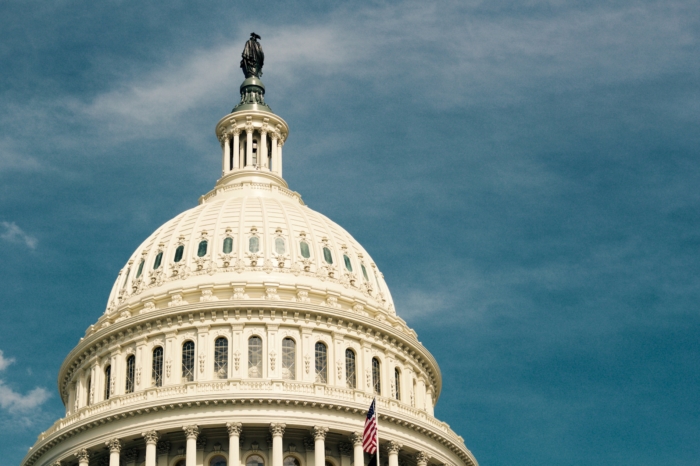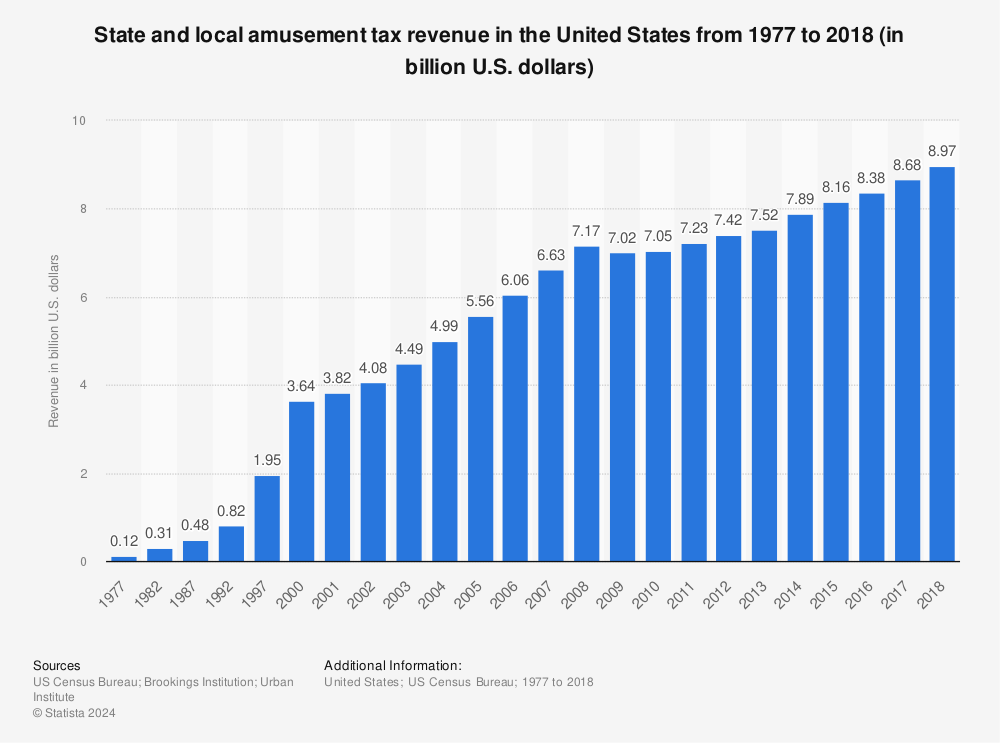Long Before the Covington High Incident, Orwell Revealed the Truth about Hate
If the media is “creating and fomenting” anger, this is only part of a bigger story. It may be time to take a lesson from ‘1984’, the political allegory by George Orwell.
What could be a better story for a media devoid of “journalistic ethics” than a group of Catholic high school students, wearing MAGA hats, seemingly mocking a Native American elder?
On social media, people expressed wishes to inflict harm on Nicholas Sandmann. Nicholas is the student who, rather than mocking Native American Nathan Phillips, was stoically smiling. Even after exculpatory evidence was available, some double-downed on their first assessment of Sandmann.
If the media is “creating and fomenting” anger, this is only part of a bigger story. It may be time to take a lesson from 1984, the political allegory by George Orwell. In the totalitarian society created by Orwell, the hate expressed towards the Party’s enemy Emmanuel Goldstein already existed in the minds of the haters. The media are responsible for their lack of ethics, but we are accountable for our own hatred.
Two Minutes Hate
In Orwell’s society, the population is required to engage in a daily ritual called Two Minutes Hate. The Party’s enemies, often Emmanuel Goldstein, are made to seem grotesque. Party members are mandated to rage at these hideous scapegoats:
The next moment a hideous, grinding speech, as of some monstrous machine running without oil, burst from the big telescreen at the end of the room. It was a noise that set one’s teeth on edge and bristled the hair at the back of one’s neck. The Hate had started. As usual, the face of Emmanuel Goldstein, the Enemy of the People, had flashed on to the screen.
Readers of 1984 are uncertain if Emmanuel Goldstein really exists. Fictitious or not, Goldstein is perceived as the biggest enemy of the state. Orwell describes the ritual of the daily rage:
The horrible thing about the Two Minutes Hate was not that one was obliged to act a part, but that it was impossible to avoid joining in. Within thirty seconds any pretence was always unnecessary. A hideous ecstasy of fear and vindictiveness, a desire to kill, to torture, to smash faces in with a sledge hammer, seemed to flow through the whole group of people like an electric current, turning one even against one’s will into a grimacing, screaming lunatic.
Tellingly, Orwell writes, “[T]he rage that one felt was an abstract, undirected emotion which could be switched from one object to another like the flame of a blowlamp.” Read Orwell’s observation carefully: The Party depends on its ability to tap into pre-existing rage. Individuals blinded and bonded by rage are easily controlled by the state.
On social media following the Covington High student incident, as in 1984, “a desire to kill, to torture, to smash faces in with a sledge hammer, seemed to flow through [the critics of Nicholas Sandmann] like an electric current.”
A universal truth about human minds is revealed in 1984 and in the events involving the Covington High students. In Stephen Covey’s words, “We see the world, not as it is, but as we are—or, as we are conditioned to see it.”
Through our beliefs, thoughts, and feelings, we interpret what we see and mistake our interpretations for reality. We don’t realize, as Covey puts it, that “When we open our mouths to describe what we see, we in effect describe ourselves, our perceptions, our paradigms.”
“When other people disagree with us,” Covey writes, “we immediately think something is wrong with them.”

We are sure our perceptions are true. The real truth is we rage because we want to rage. Who among us wants to see ourselves as a rager? We want our rage to be someone else’s fault. Enter projection.
Projection is our ego’s attempt to absolve itself of responsibility for our thoughts and feelings by denying they exist in us and finding what we have denied in other people.
How Projection Works
If it snows where you live, you have probably experienced a snowplow operator undoing your snow clearing efforts. Municipal snowplow operators don’t remove snow to make your personal snow removal easier; that’s just a fact of life. Yet every winter there seems to be a news story of an incensed homeowner attacking a snowplow operator. A snowplow operator can’t cause rage, yet one’s interpretation of the operator’s actions can.
Do you see yourself as a considerate person? Do you value being recognized as considerate? There will be times your actions are less than considerate. If you don’t acknowledge the less-than-kind part of your mind, there are consequences.
If we think of ourselves as considerate but act inconsiderately, our buttons will be pushed by people whose actions we perceive as inconsiderate. We will project our inconsiderate side onto someone else whose weakness we see as more egregious than our own. By not cleaning up our own act, we will be driven to find our failures in a family member, a colleague, or someone else we don’t even know.

Not willing to acknowledge our own shortcomings, we might shout from the rooftops or, in today’s age, tweet: I have found the guilty SOB who deserves to be punished. There is a reason other people push our buttons—when we are not aware of our own failings, we try to get rid of the resulting guilt by making a psychological punching bag of someone else.
When I get angry over the failings of others, I strengthen—not release—that sense of failure in myself. Projection guarantees I won’t change. Instead, I will have more of what I am trying to get rid of by seeing it in others. As in 1984, rage begets more rage. Projections boomerang.
We have a choice: we can look honestly at what is in our mind, or we can attack others.
Is Trump the Left’s Emmanuel Goldstein?
Donald Trump is the great psychological scapegoat of our time. Daily, we hear he is the stupid one, or he is the cruel one, or he is the lazy one. I can’t recall another American being the object of so much scorn. Is Trump today’s Emmanuel Goldstein?

Not that Trump isn’t, for example, a lazy, undisciplined thinker. The point is, we can discern something without getting incensed by it. We don’t have to get irate at the bus driver speeding down the street; wisely, we choose to not step off the curb. When you experience intense thoughts of judgment and feelings of anger, take notice. The key to understanding that you are projecting is the anger and judgment you feel.
We Hate Ourselves for Our Mistreatment of Others
We do not hate others for their failures, but for our own. We can’t help but hate ourselves for our mistreatment of others. This is so because in everyone’s mind is a memory, however dim, of our connection to all of humanity.
In his Meditations, Marcus Aurelius expressed his belief that “Everything is interwoven, and the web is holy; none of its parts are unconnected.” Yet we often forget; separation rather than connectedness seems to be reality. To overcome the tendencies of his mind, Aurelius practiced a mental discipline:
Keep reminding yourself of the way things are connected, of their relatedness. All things are implicated in one another and in sympathy with each other. This event is the consequence of some other one. Things push and pull on each other, and breathe together, and are one.
Ryan Holliday writes that sympatheia—“the belief in mutual interdependence among everything in the universe, that we are all one”—is “perhaps the most radical idea in all of Stoicism.”
Projection is antithetical to sympatheia. When we project, we set out to show our false perceptions of our own virtues are true. To prove our innocence, someone else has to be guilty. We think our perception of bad conduct in others justifies our own lousy behavior. When our mind clears we see how ridiculous our posturing is. In his book, Bonds That Make Us Free, philosopher Terry Warner equates our displays of self-righteousness with bad acting:
Those who are not self-deceivingly stuck in their own accusing thoughts and feelings will see our public presentation of ourselves for what it is—an insecure, self-conscious, anxious striving to make a point about ourselves that is always a bit excessive, like bad acting.
People may be bad actors, but those who won’t take responsibility for their own failings are placing the rest of us in harm’s way. Damon Linker warns: “[I]t’s just a matter of time before real-world violence breaks out in response to an online conflagration.”
Those who became unhinged over the hatred they perceived in the Covington High students were projecting the unexamined hatred in their own minds. Instead of projecting, we can offer understanding and kindness.
Orwell was right, haters are going to hate. Yet, when we are willing to look at our unexamined self and take responsibility for it, there is nothing to project. In that space, nothing is left but our common humanity—we all have a right mind and a wrong mind and the power to choose again.
COLUMN BY

Barry Brownstein
Barry Brownstein is professor emeritus of economics and leadership at the University of Baltimore. He is the author of The Inner-Work of Leadership. To receive Barry’s essays subscribe at Mindset Shifts.
EDITORS NOTE: This FEE column with images is republished with permission.







































